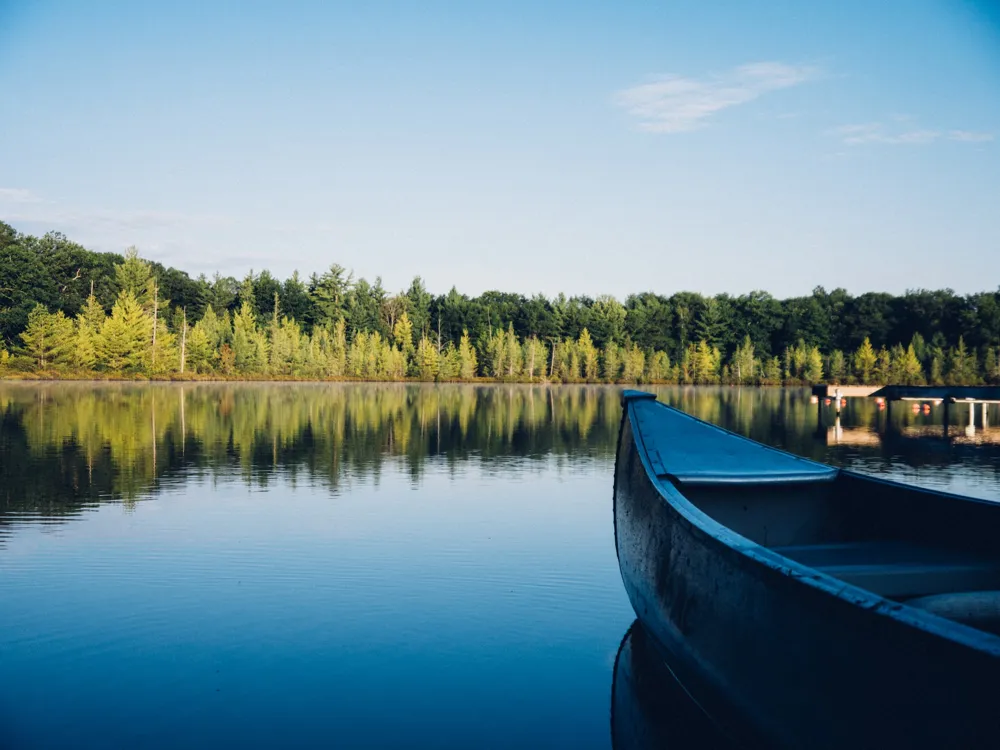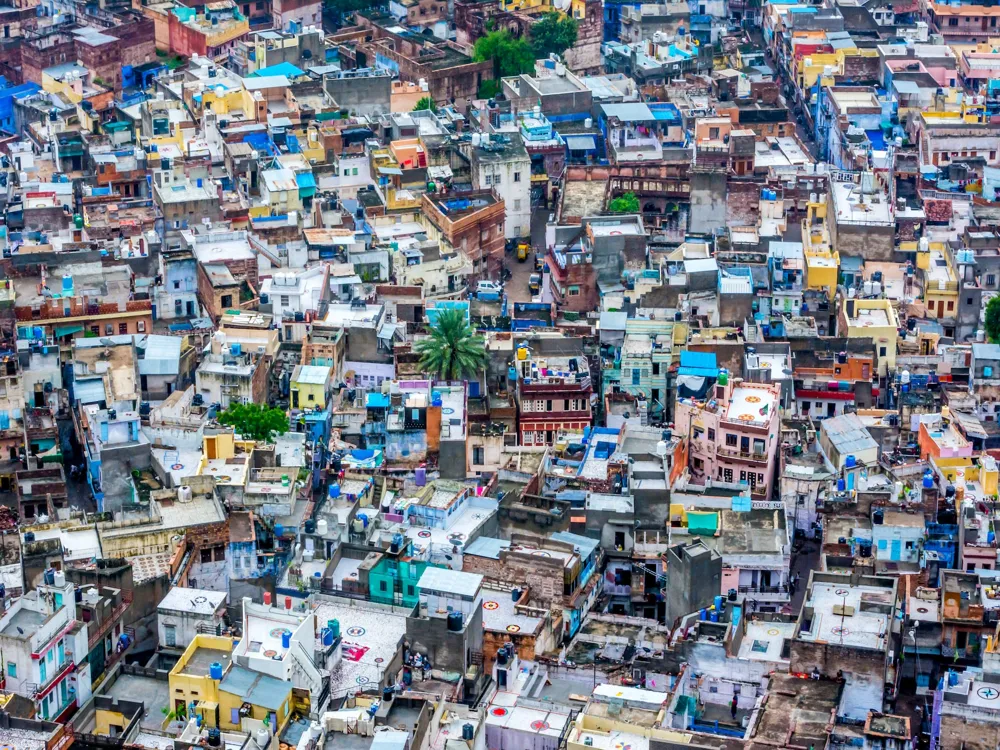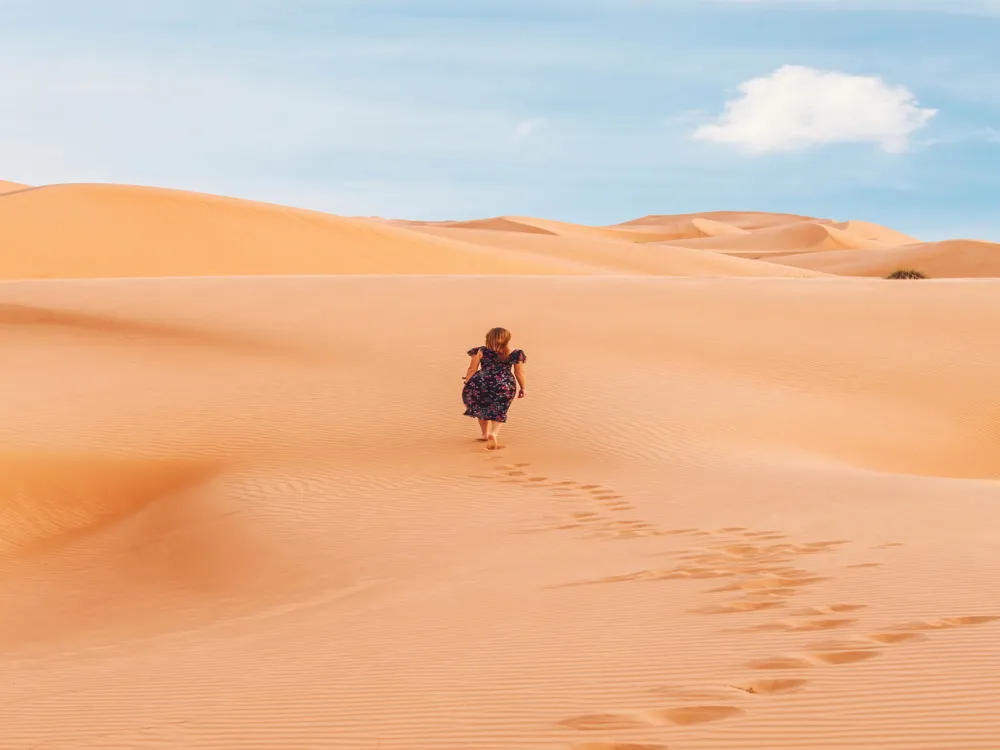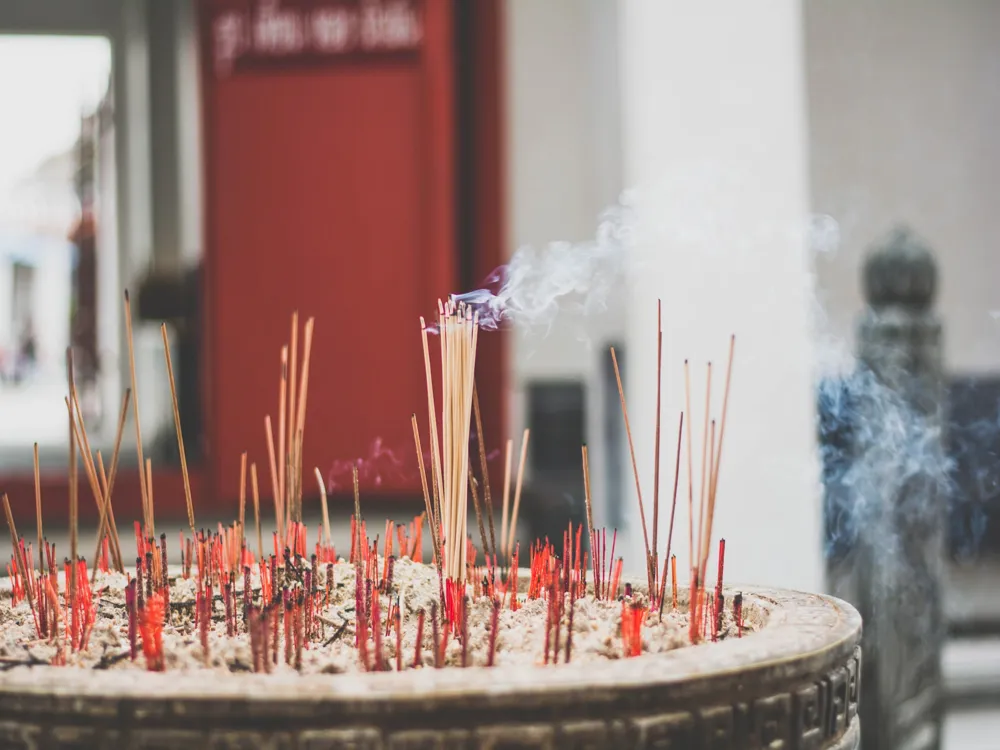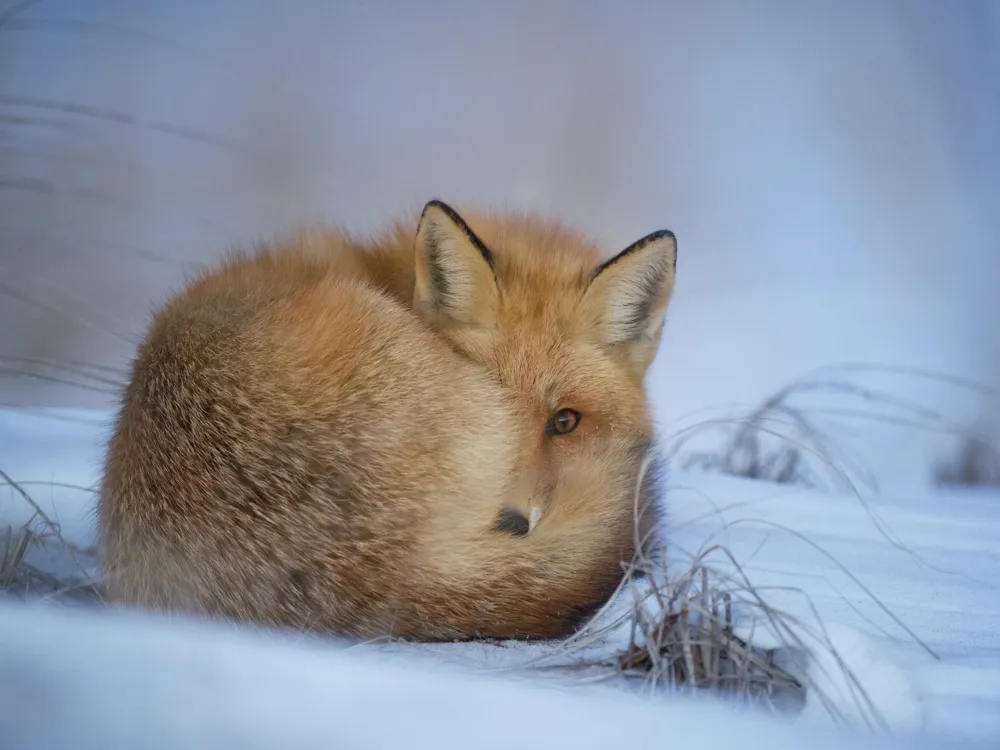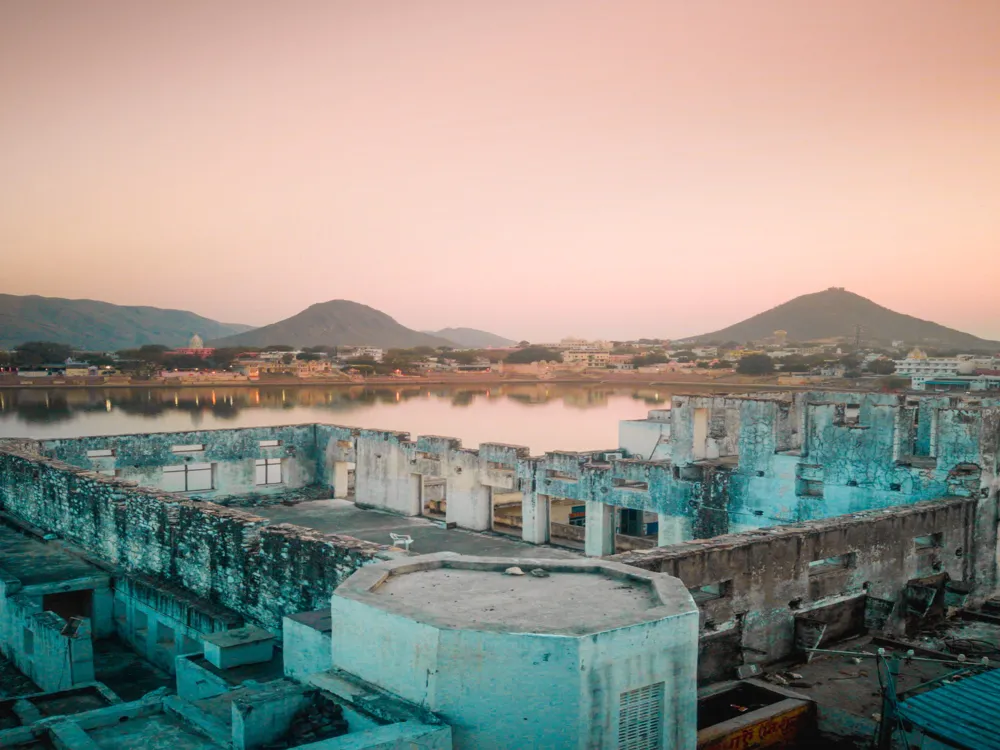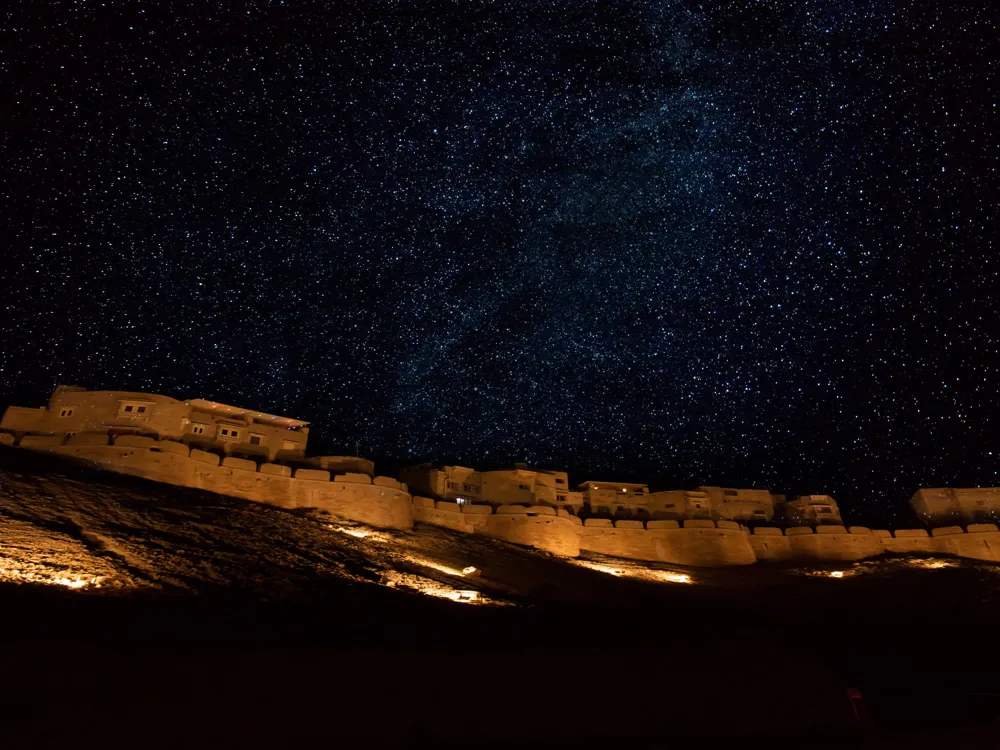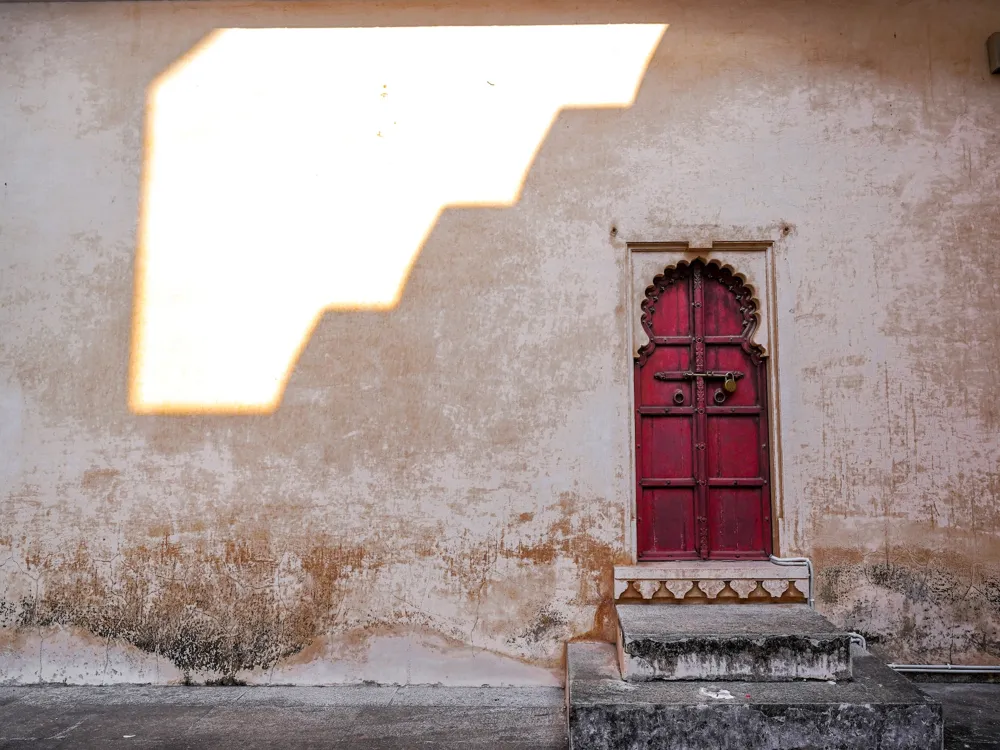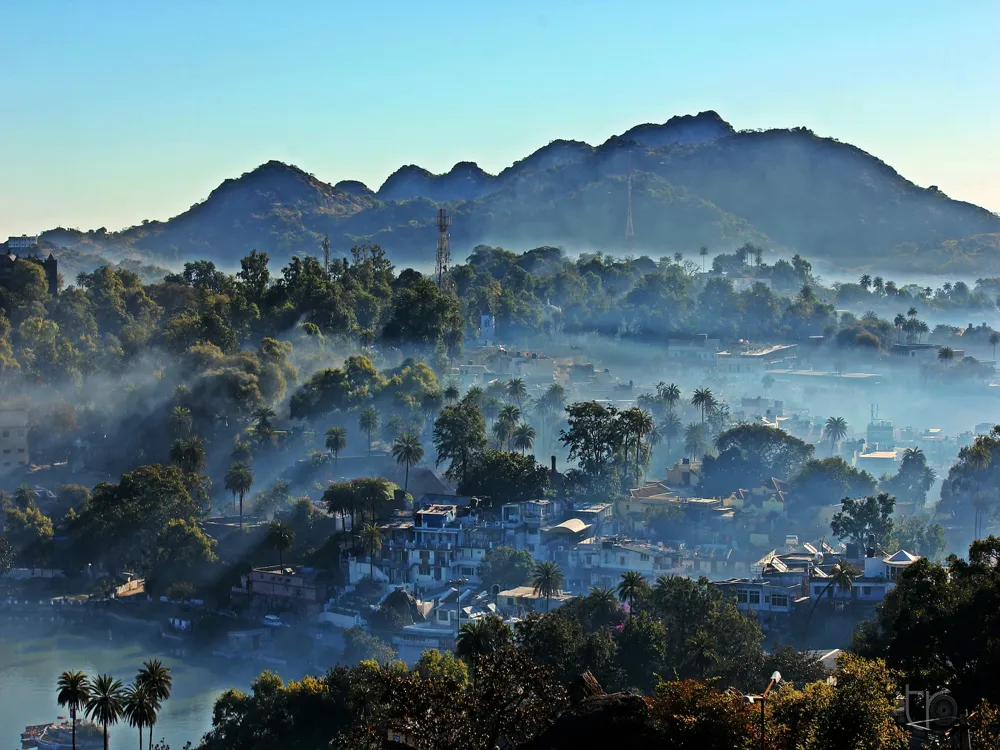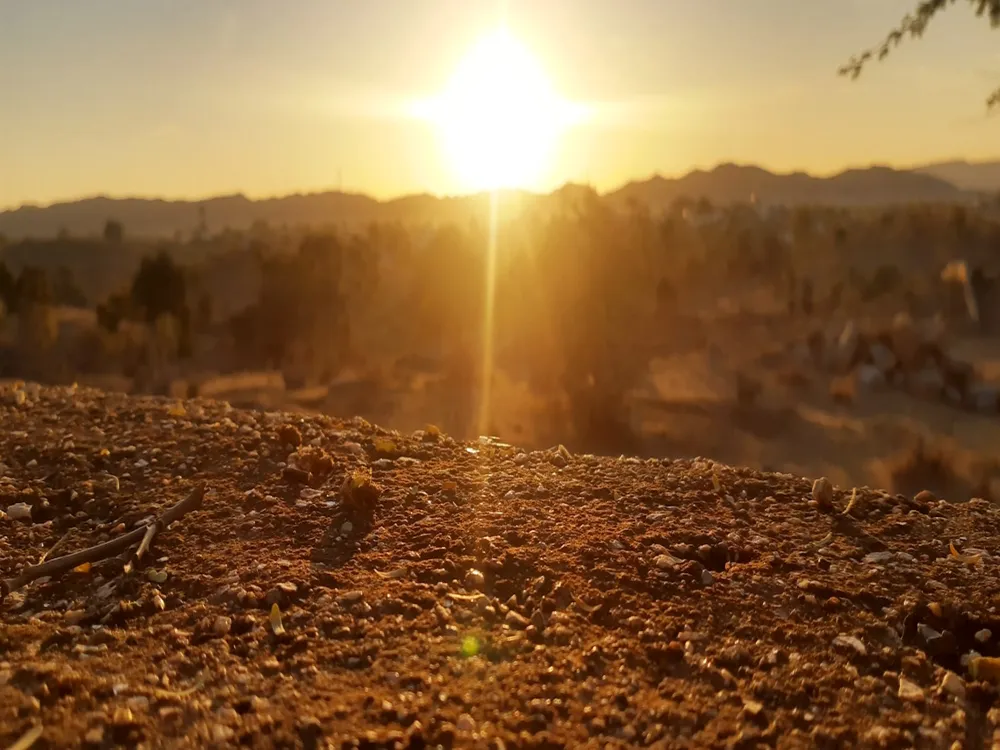Fort Chanwa in Jodhpur, Rajasthan, is the epitome of architectural magnificence and historical grandeur. Nestled in the serene village of Luni, this fort stands as a testament to the skilled craftsmanship of the artisans of the bygone era. Built entirely out of the famed red sandstone of Jodhpur, Fort Chanwa exudes a rustic charm that transports visitors back to the regal times of Rajasthan's royal lineage. The fort's history dates back to the early 20th century, constructed by Maharaja Dalip Singh, the youngest son of Maharaja Umaid Singh. It was meticulously restored to its original glory by its current owners, Maharaja Dalip Singh's descendants, who transformed it into a heritage hotel. This transformation has allowed visitors from all over the world to experience the opulent lifestyle of the Rajputana royalty. Spread over acres of land, Fort Chanwa is a marvel of intricate lattices, ornate balconies, and majestic towers. Its architecture is a splendid example of Indian craftsmanship, blending Rajput and Mughal styles seamlessly. The fort's courtyards, adorned with beautiful fountains and lush gardens, offer a tranquil escape from the hustle and bustle of city life. Every nook and corner of the fort holds a story, waiting to be discovered by history enthusiasts and architecture lovers alike. The architecture of Fort Chanwa is a spectacular display of the artistry and ingenuity of the Rajasthani craftsmen. The fort, constructed with the iconic red sandstone, is a masterpiece of symmetry and elegance. The intricately carved jharokhas (balconies), jaalis (lattice screens), and chhatris (canopies) are fine examples of Rajput architecture, with influences of Mughal design elements. One of the most striking features of Fort Chanwa is its elaborate latticework, which is not just aesthetically pleasing but also serves the functional purpose of cooling the interiors. These jaalis allow for natural ventilation and light, keeping the fort's ambiance pleasant even during the harsh summers. The chhatris and domes, embellished with intricate designs, add to the fort's majestic silhouette against the backdrop of the stark Rajasthani landscape. The interior of the fort is equally impressive, with its grand halls, spacious courtyards, and royal chambers. The walls are adorned with traditional Rajasthani frescoes and paintings, depicting scenes from folklore and history. The use of vibrant colors and gold leaf in these artworks creates a sense of opulence and luxury. The layout of the fort is strategically designed, with a focus on privacy and defense, reflecting the architectural intelligence of the era. The ideal time to visit Fort Chanwa is between October and March when the weather in Rajasthan is pleasant, making it comfortable to explore the fort and its surroundings. Fort Chanwa itself is a heritage hotel, offering an authentic royal experience. Alternatively, there are several other accommodation options in Jodhpur city catering to various budgets. While visiting Fort Chanwa, don't miss the opportunity to try traditional Rajasthani cuisine, known for its rich flavors and unique dishes like Dal Bati Churma and Laal Maas. Opt for a guided tour to gain deeper insights into the fort's history and architecture. Local guides are available who can provide fascinating anecdotes and details often missed by casual visitors. Fort Chanwa is easily accessible from Jodhpur city. Visitors can opt for taxis or local transport services from Jodhpur. The nearest airport is Jodhpur Airport, approximately 35 kilometers away, and the Jodhpur railway station is well-connected to major cities across India. Read MoreOverview of Fort Chanwa of Jodhpur, Rajasthan
The architecture of Fort Chanwa
Tips When Visiting Fort Chanwa
Best Time to Visit
Accommodation Options
Local Cuisine
Guided Tours
How To Reach Fort Chanwa
Jodhpur Tourism
Fort Chanwa
Jodhpur
Rajasthan
₹ 12,000 onwards
View jodhpur Packages
Weather :
Tags : Forts & Palaces
Time Required : 1 - 2 hrs
Entry Fee : No Entry Fee
Planning a Trip? Ask Your Question
Jodhpur Travel Packages
View All Packages For Jodhpur
Top Hotel Collections for Jodhpur

Private Pool

Luxury Hotels

5-Star Hotels

Pet Friendly
Top Hotels Near Jodhpur
Other Top Ranking Places In Jodhpur
View All Places To Visit In jodhpur
View jodhpur Packages
Weather :
Tags : Forts & Palaces
Time Required : 1 - 2 hrs
Entry Fee : No Entry Fee
Planning a Trip? Ask Your Question
Jodhpur Travel Packages
View All Packages For Jodhpur
Top Hotel Collections for Jodhpur

Private Pool

Luxury Hotels

5-Star Hotels

Pet Friendly







